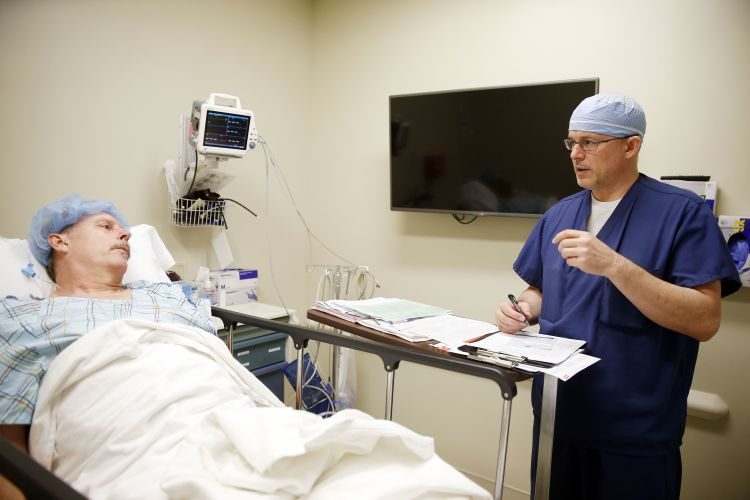Diagnosing Chronic Pain: The Lost Art of the Physical Examination
Patients suffering from chronic pain stemming from a peripheral nerve problem invariably are frustrated with trying to find an answer. Part of the reason a solution is so elusive stems from the fact that very few physicians utilize the physical exam when diagnosing a patient. Many of my patients tell me that no one has laid a hand on them during the diagnostic workup.
In modern medicine, physicians are increasingly reliant on ever-evolving modern imaging technology. The way physicians are trained now, the physical examination techniques are lost due to the availability and prevalence of these state of the art diagnostic tools. Surgeons have a little concept or confidence in using the physical examination
In most cases, this approach makes sense because there are limitations in the physical exam. Most spine surgeons and orthopedic surgeons depend entirely on imaging in creating a surgical plan. While this strategy works for most patients, it usually does not work for patients with peripheral nerve problems.
Quite the opposite in fact. The over reliance on imaging creates a perfect storm for a patient with peripheral nerve damage because these modern imaging tools are not effective in diagnosing problems with peripheral nerves. Peripheral nerve problems do not show up on a CT, X-ray or MRI. EMG nerve conduction studies are also inaccurate for diagnosing peripheral nerve problems especially as problems get more complicated.
Diagnosing peripheral nerve problems is dependent on a 50-50 mix of two key factors. The first element involves listening to the patient to get a detailed understanding of their problem. In hearing their unique history, you learn about the genesis of the problem, how it progressed and where the current symptoms exist. Listening is key. Patients will describe symptoms that correspond to the nerves involved.
At least twice a week I will meet a patient and within five minutes of talking to that patient I know what is causing the problem. I can pinpoint the nerves involved before I begin the physical exam. Yet even when I think I know the root of the problem I am reliant on the physical exam to solidify my evaluation.

Getting a detailed history is important in pinpointing the nerve problem.
The physical exam is the second critical element of the diagnostic 50-50 mix. The physical exam is critical because there is no way to definitively know the nerves involved using diagnostic imaging tools.
The physical examination starts with the physician having a deep understanding of the peripheral nerve anatomy. This knowledge of understanding where nerves can be compressed or entrapped enables him or her to do a comprehensive peripheral nerve examination by examining muscle weakness. The doctor also needs to examine the skin to understand pain and other abnormal sensations to determine which nerves are compromised.
If you combine getting the patient’s history and the physical examination that gives you the best picture and the most accurate formula to diagnose the peripheral nerve problems. Once a good picture is made the surgeon can create a surgical plan to address the nerves causing the pain. And in most cases, this marks the first and most important stage in their path to a life without chronic pain.
– Tim Tollestrup MD
If you or someone you know suffers from chronic pain, fill out a form on the right or call the office to schedule an appointment with Dr. Tollestrup.
